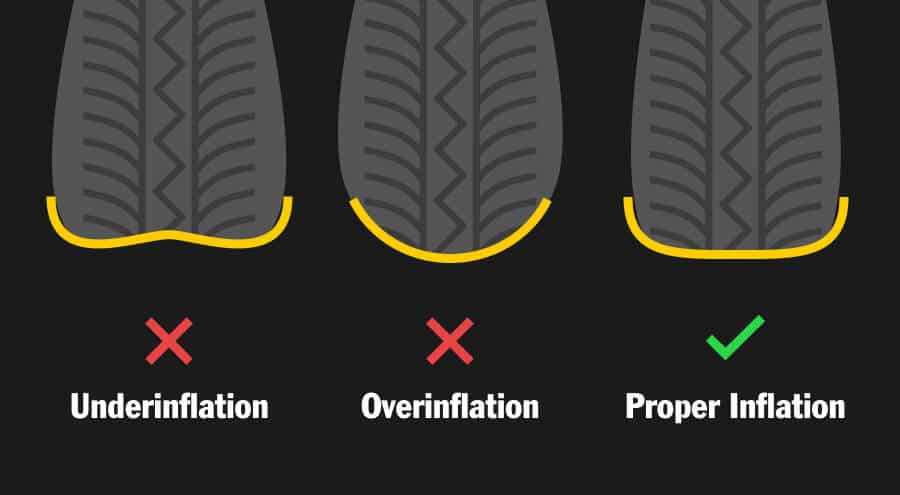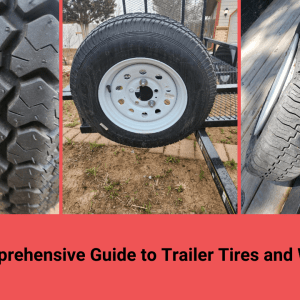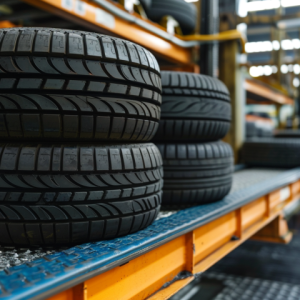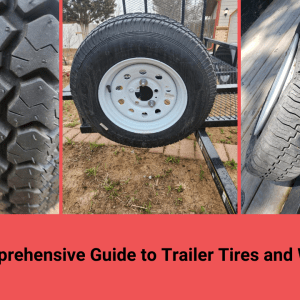Maintaining the correct tire pressure is crucial for safety, fuel efficiency, and tire longevity. It’s a simple task that can have a big impact. Underinflated or overinflated tires can lead to various problems. Let’s explore the importance of proper tire inflation.
The recommended tire pressure for your vehicle is usually found on a sticker located on the driver’s side doorjamb or in your owner’s manual. This pressure is the cold tire pressure, meaning the pressure when the tires are cold (not driven on recently).
Why is Tire Pressure Important?
- Safety: Proper inflation ensures optimal handling and braking performance.
- Fuel Efficiency: Underinflated tires increase rolling resistance, reducing fuel economy.
- Tire Life: Correct pressure promotes even wear, extending the life of your tires.
- Ride Comfort: Properly inflated tires provide a smoother and more comfortable ride.
Checking Your Tire Pressure
Checking your tire pressure is easy and should be done regularly, ideally at least once a month and before long trips. You’ll need a reliable tire pressure gauge. Digital gauges are generally more accurate than stick gauges.
Steps to Check Tire Pressure:
- Remove the valve cap from the tire valve.
- Press the tire pressure gauge firmly onto the valve stem.
- Read the pressure displayed on the gauge.
- Compare the reading to the recommended pressure on the doorjamb sticker or in your owner’s manual.
- Add or release air as needed to reach the recommended pressure.
- Replace the valve cap.
Remember to check all four tires, including the spare tire if you have one. A properly inflated spare tire can be a lifesaver in an emergency.
FAQ: Tire Pressure
What happens if my tire pressure is too low?
Underinflated tires can lead to increased tire wear on the edges, reduced fuel economy, and a higher risk of tire failure. It’s important to maintain the correct pressure.
What happens if my tire pressure is too high?
Overinflated tires can result in a harsher ride, reduced traction, and increased tire wear in the center of the tire. Avoid overinflation.
How often should I check my tire pressure?
It’s recommended to check your tire pressure at least once a month and before any long trips. Regular checks ensure optimal performance and safety.
What is the difference between “cold” and “hot” tire pressure?
Cold tire pressure is the pressure when the tires are at ambient temperature. Hot tire pressure is the pressure after the tires have been driven on and have warmed up. Always check and adjust your tire pressure when the tires are cold for the most accurate reading.
Choosing the Right Tire Pressure Gauge
Selecting a reliable tire pressure gauge is essential for accurate readings. There are two main types: digital and analog (stick) gauges. Digital gauges generally offer greater precision and are easier to read, while analog gauges are often more affordable and durable.
Factors to Consider When Choosing a Gauge:
- Accuracy: Look for a gauge with a good reputation for accuracy. Read reviews and compare specifications.
- Ease of Use: Choose a gauge that is easy to handle and read, especially in low-light conditions.
- Durability: Consider the build quality and materials used. A durable gauge will last longer.
- Pressure Range: Ensure the gauge’s pressure range is suitable for your vehicle’s tires.
Investing in a quality tire pressure gauge is a worthwhile investment that will pay off in the long run. Don’t skimp on this important tool.
Understanding Tire Pressure Monitoring Systems (TPMS)
Many modern vehicles are equipped with Tire Pressure Monitoring Systems (TPMS). These systems alert you when your tire pressure is significantly low. While TPMS is helpful, it’s not a substitute for regular manual checks.
How TPMS Works:
TPMS uses sensors in the wheels to monitor tire pressure. When the pressure drops below a certain threshold, a warning light illuminates on your dashboard. There are two main types of TPMS: direct and indirect.
- Direct TPMS: Uses pressure sensors inside each tire to directly measure tire pressure.
- Indirect TPMS: Uses the vehicle’s anti-lock braking system (ABS) sensors to detect changes in tire rotation speed, which can indicate low tire pressure.
Even with TPMS, it’s crucial to visually inspect your tires regularly for signs of damage or wear. TPMS only alerts you to low pressure, not other potential problems.
Don’t solely rely on TPMS. Regular manual checks are still essential for maintaining optimal tire health and safety. A proactive approach is always best.
FAQ: More Tire Pressure Questions
Does tire pressure change with temperature?
Yes, tire pressure decreases in cold weather and increases in warm weather. For every 10-degree Fahrenheit change in temperature, tire pressure changes by approximately 1 PSI (pound per square inch). Adjust your tire pressure accordingly.
Where can I find the recommended tire pressure for my tires?
The recommended tire pressure is typically found on a sticker located on the driver’s side doorjamb or in your owner’s manual. This pressure is specific to your vehicle and tire size. Do not use the maximum pressure listed on the tire sidewall, as this is the maximum pressure the tire can handle, not the recommended pressure for your vehicle.
Can I use nitrogen instead of air in my tires?
Yes, nitrogen can be used instead of air. Nitrogen is a dry gas, which means it doesn’t contain moisture like compressed air. This can help maintain more consistent tire pressure and reduce corrosion. However, it’s not essential, and regular air is perfectly acceptable.
What should I do if I get a flat tire?
If you get a flat tire, safely pull over to the side of the road. If you have a spare tire, change the flat tire. If you don’t have a spare or are uncomfortable changing the tire yourself, call for roadside assistance. Never drive on a flat tire for an extended period, as this can damage the wheel and be dangerous.





